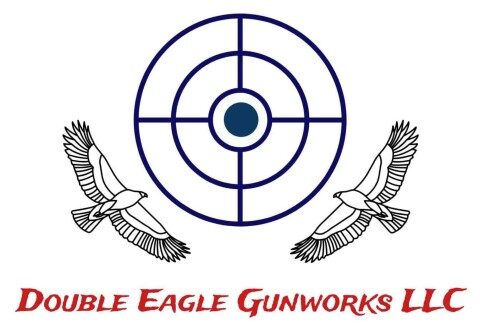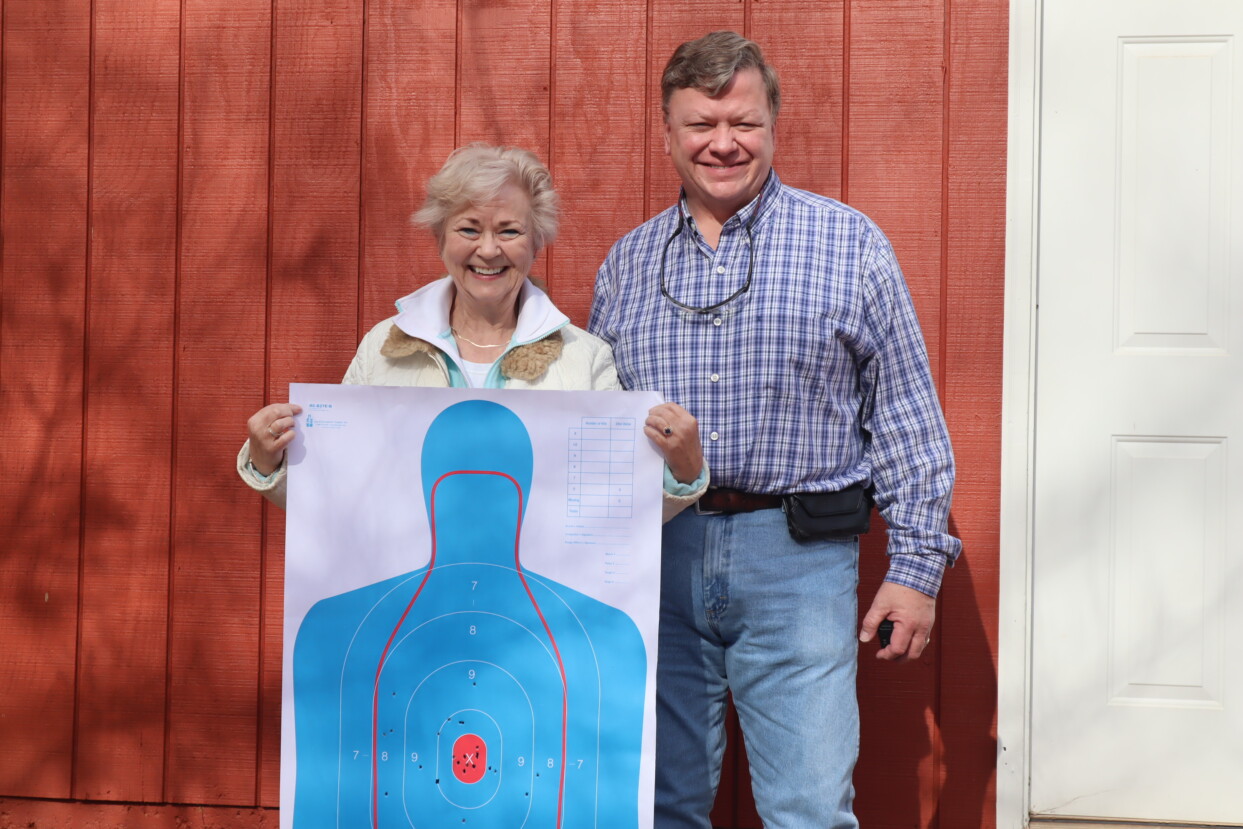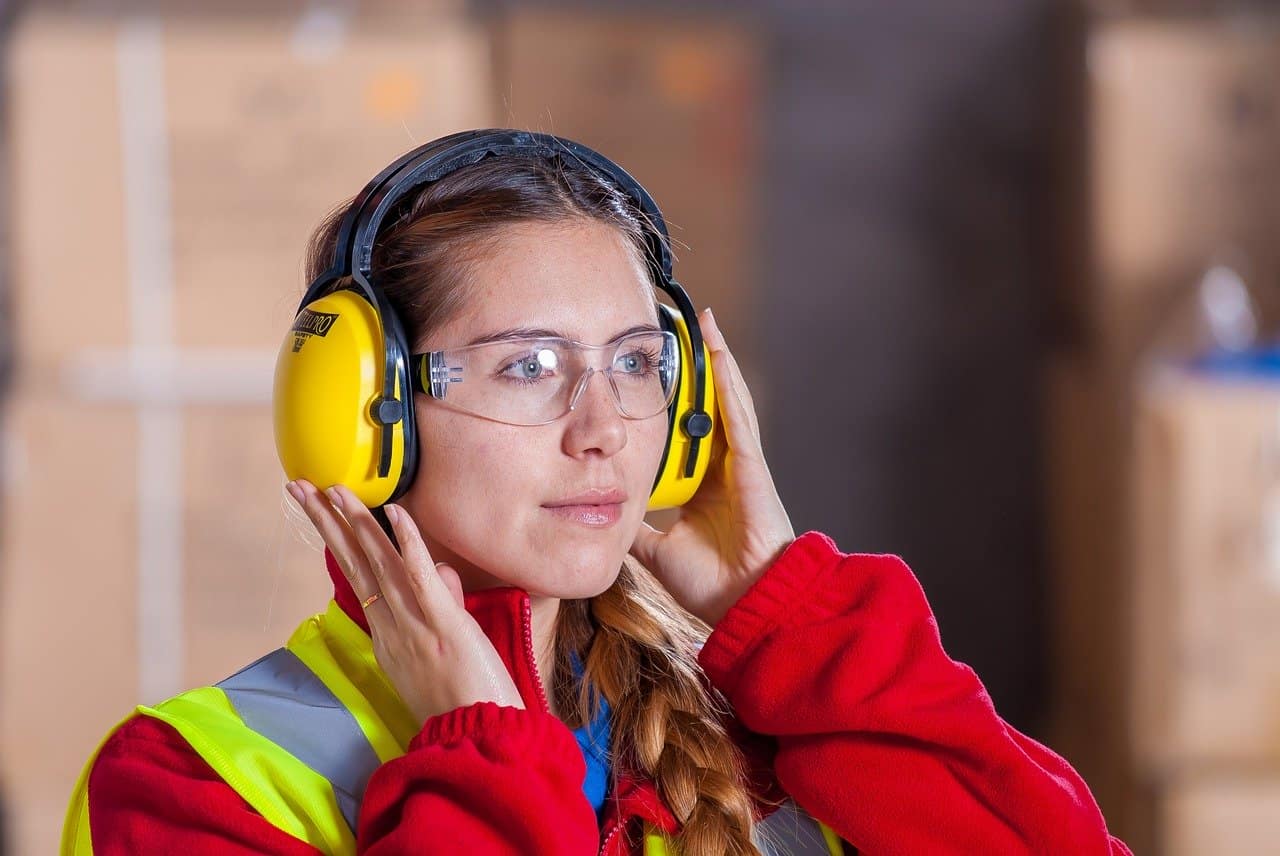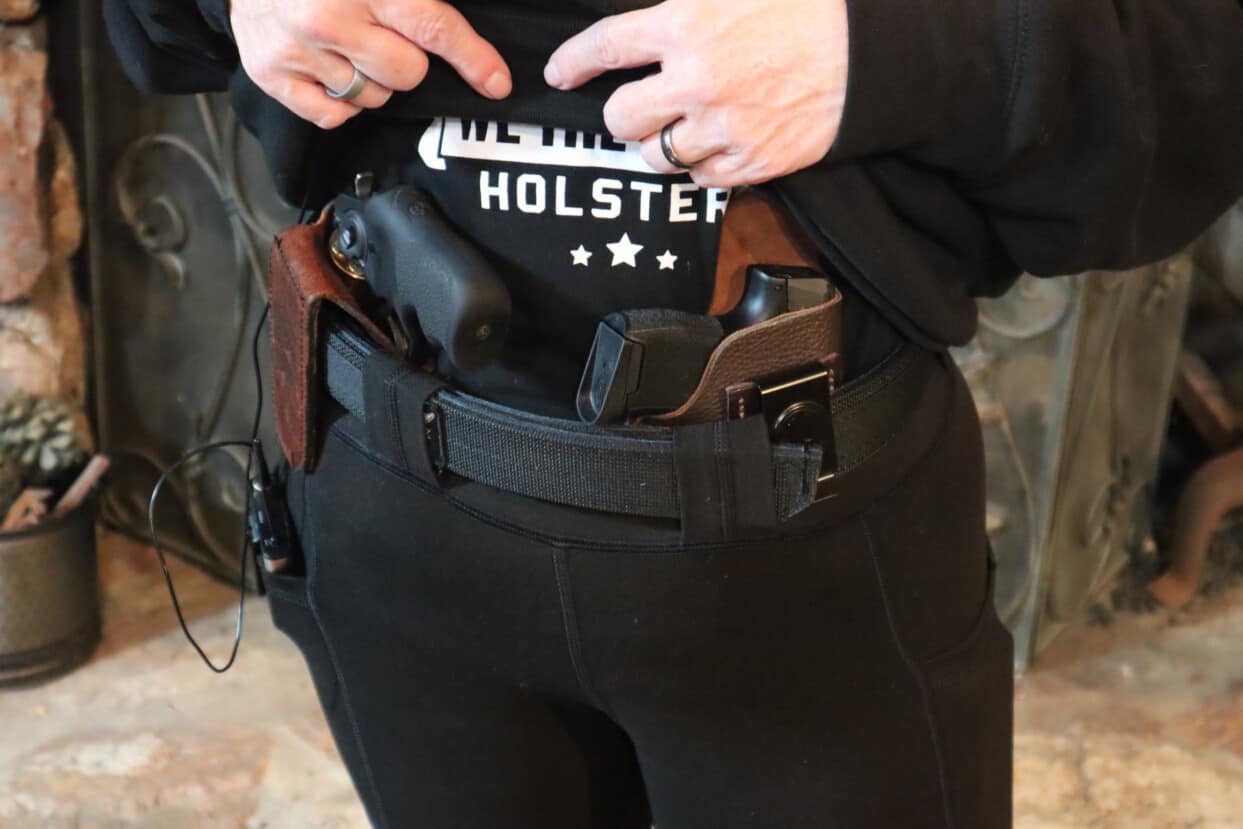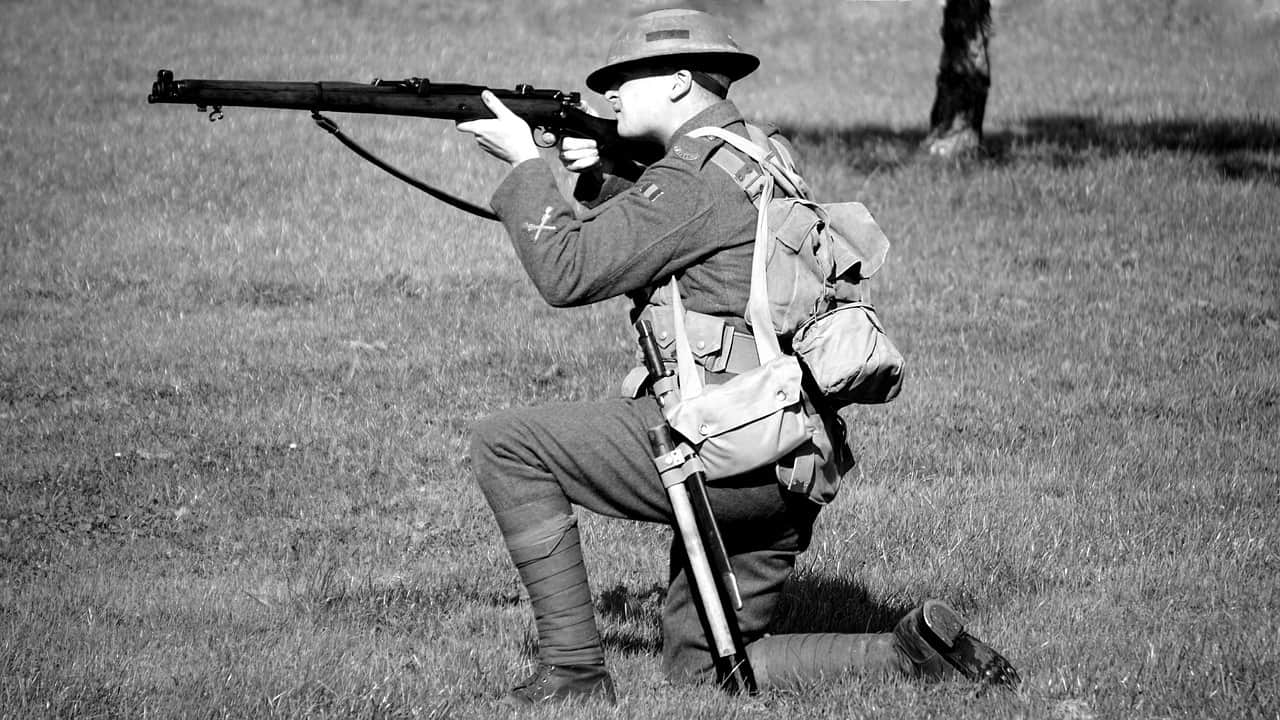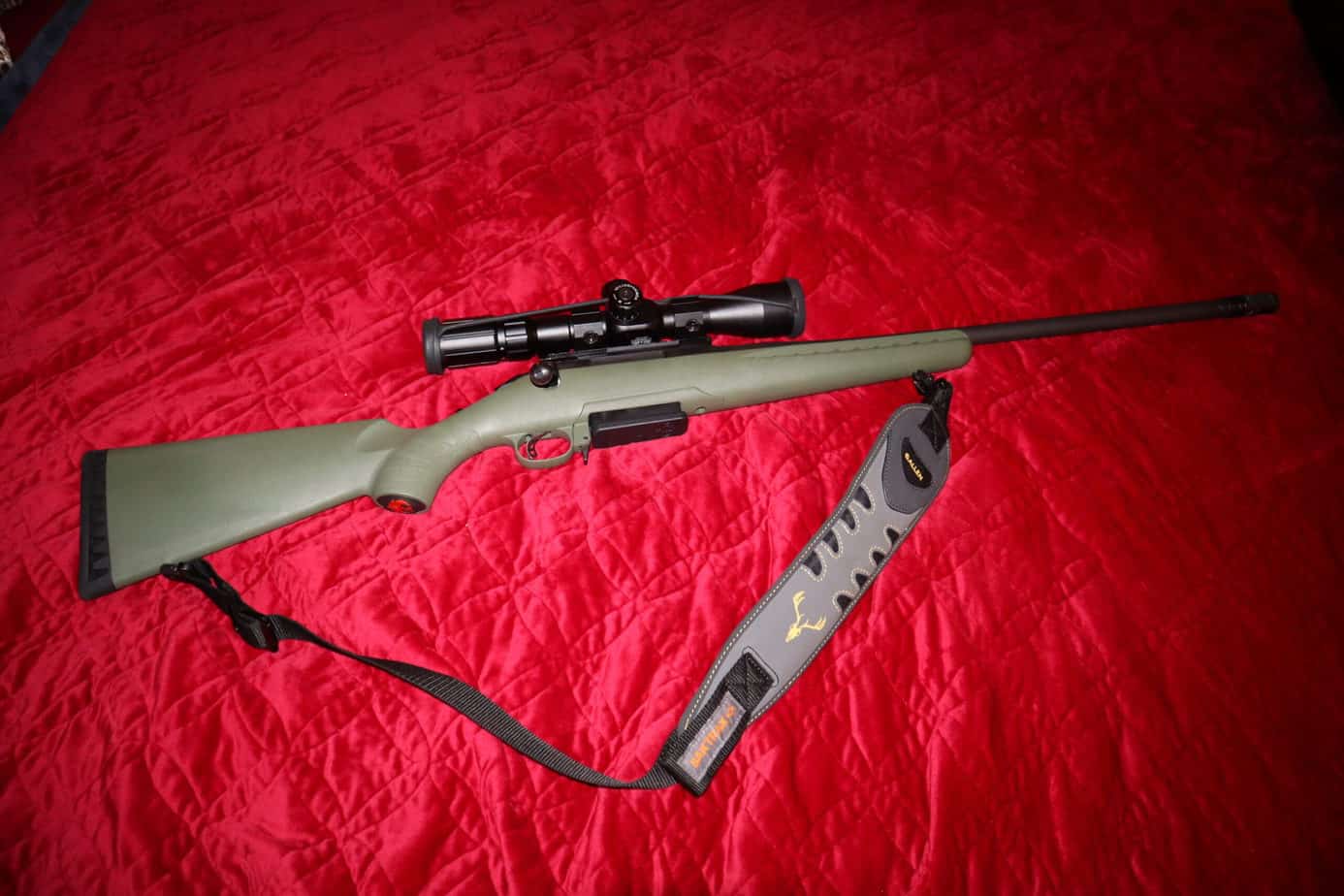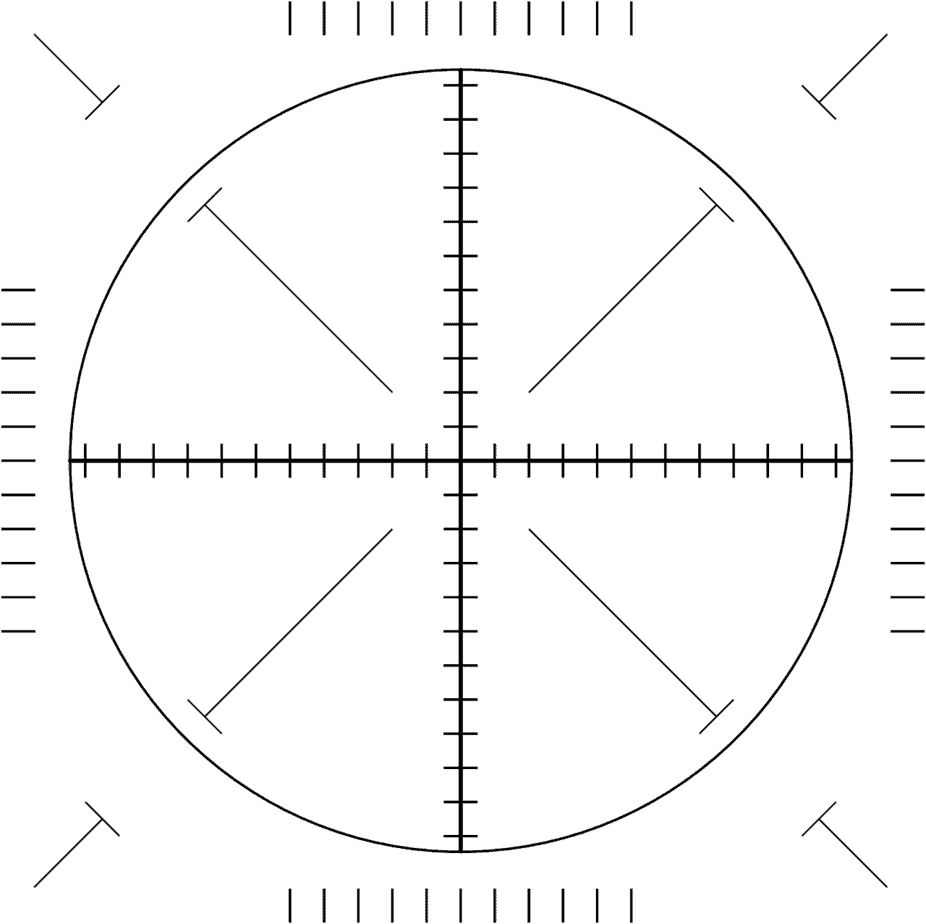In South Carolina you may carry at home, at work with your employer’s permission, and in the homes of others with their permission. You may not carry in government buildings or schools. You may carry in church with the permission of the governing body of the church. You may not carry in medical facilities. You may not carry in businesses with proper signage prohibiting concealed weapons. You must have a concealed carry permit from South Carolina or a state whose permit is honored by South Carolina. You must carry your permit with you.
Author: Carla Pittman
Safety First: the Four Cardinal Rules of Gun Safety
Treat all firearms as if they are always loaded
Always keep the muzzle pointed in a safe direction
Keep your finger outside of the trigger guard until the firearm is pointed at the target and you are ready to fire
Always be sure of your target and what is beyond it.
Keep Big Brother in Check
The Second Amendment to the Constitution is in fact the reason that we in America don’t have to fear a knock on the door in the middle of the night. At the time I thought he was being overly dramatic, but Coach Kopp understood that freedom isn’t free. It must be maintained by a tension between the governing and the governed. If they know you can’t fight back, our leaders will institute any policy they see fit, in any manner they choose. They will shut down your businesses capriciously, forbid you to roam freely, dictate what you wear and what you say, demand that you submit to vaccination in order to earn the right to participate in society….
What it Feels Like to Shoot a Gun
The first sensation you are likely to notice is nervous tension. You are not sure what you are getting yourself into and it is natural to have more awareness of your heart rate and blood pressure, just like when you start any new activity that carries a lot of responsibility. After you shoot you will notice the smell of sulfur similar to fireworks or a burning match. There may also be a small plume of smoke that will clear quickly. When I shot 50 rounds to qualify for my Concealed Weapons Permit (CWP), I was physically tired afterword, as if I had run a race or engaged in physical labor.
Your First Visit to the Shooting Range
At an indoor shooting range you will be shown to a very large room divided into the firing lanes, where you will stand, and the area into which you will shoot, which ends with a backstop. You will be led to a small cubicle called a shooting booth, with big plastic shields to demarcate your designated area. It will take a moment to stop flinching at every shot from the next booth. You will attach your paper targets to a pulley, essentially a fancy clothesline that moves, and send the target to a designated location. The farther away you put the target, the harder it is to land the bullet in the center. You load the gun, prepare yourself mentally, get the right stance, adjust your grip, point the gun, make sure you have a clear view to the target, and squeeze the trigger.
What is a Bolt Action Rifle?
Bolt action guns come in rotating bolt or straight pull. The straight pull requires only a pull back and push forward to operate. This is accomplished with spring-loaded ball bearings that lock into a groove in the bolt’s housing, or with lugs radiating from the bolt.
Rotating bolts most commonly come in three types. The Mauser has two locking lugs just behind the bolt head, enabling it to withstand higher pressure cartridges. Some models have a third locking lug as a safety feature. The Mauser cocks the action with the upward rotation of the bolt. This is called cock on opening because it cocks with the opening of the bolt.
The Lee-Infield type of rotating bolt action is a cock on closing action because it cocks when the bolt moves forward.
The Mosin-Nagant action is another cock on opening system, but it has a separate bolt head which rotates with the bolt and the bearing lugs, whereas the Mauser bolt head is part of the bolt and the Lee-Infield has a stationary bolt head and a rotating body.
Bolt action rifles may have an internal magazine loaded by hand, a detachable magazine, or no magazine, with the latter requiring individual loading of bullets into the chamber. Bolt action rifles generally limit capacity to two to ten rounds to keep the magazine flush with the stock and to limit the weight of the gun. The magazine may take the shape of a tube or box.
What is a Lever Action Rifle?
To load the Henry lever action rifle, you rotate the follower and lift it out of the feed tube. This makes room to load seven rounds in the feed tube one by one. Return the follower into the feed tube and rotate it until it locks in place. Looking at the picture on the top of this article, you will see a familiar-looking trigger guard setup on the underside of the gun, plus a really big loop attached to the back of the trigger guard. The lever action rifle works by pulling down this lever, which opens the action to eject the last cartridge used. You then push the lever back into place, seating the next round. You must repeat this action with each shot.
Setting Up the House Of Representatives
Article I begins with the establishment of Congress, divided into the House of Representatives and the Senate. This is called a bicameral legislature, meaning two sections of the lawmaking body with independent functions. James Madison, considered the Father of the Constitution for his ample contribution to its ideas and ultimate form, explained the separation of powers in Federalist Paper #47:
Gun Metaphors Explained
A flash in the pan: the part of a flintlock musket that held the firing powder was its pan. Sometimes the primer flashed but did not explode, so the action did not result in a bullet being shot. Various political candidates have proven themselves to be a flash in the pan because they look brilliant for a brief moment but never accomplish anything.
A real pistol: pistols are quick to load and shoot. If you are a real pistol, you are fun loving and high spirited. Granny Clampett from the Beverly Hillbillies was a real pistol.
Your Own Private Shooting Range: How We Set Up Our Range
We chose the house we live in now because it had two shooting ranges. That came in handy when we decided to open a business centered around firearms education. We have upgraded the pistol range to make it suitable for Concealed Weapons Permit (CWP) classes. The rifle range will be next. To make our range…
